Can you please introduce yourself to readers?
I am Sokari Douglas Camp. I was born in the South of Nigeria and my people are called Kalabari people. We live on 22 islands on the Niger Delta and I came to school in Britain at the age of 8 and have lived here ever since.
I work in steel and I’m a welder. I’m 5ft 4” – and shrinking! – but I still work in steel and love it very much. People say that it’s not a feminine material, but women of my age group played with fire for practical domestic reasons. In this way, steel feels like it's part of that lineage.
You largely work with steel creating figurative sculptures. Why did you choose steel, and what do you think are its material-specific qualities?
I was attracted to steel by accident. I used to make kinetic work – art that moved ridiculously, or shook – and I used to make steel frames for the motors to work effectively. While I was doing my MA, my father died, and whilst in mourning decided to make him a ceremonial bed. In my community, we lay out bodies on ceremonial beds so their relatives and friends can say goodbye to the person they have lost. It was an evocative and healing topic for me to tackle and it was all made out of steel. It took me months to make and weld it, and I haven’t stopped using steel since.
Steel is a contemporary material. Non-traditional materials were initially used by artists in the 1960s who used steel playfully, such as Donald Judd, Anthony Ciaro. Steel is a material that surrounds us. It’s a very familiar material, used in our infrastructure and buildings. Steel also has a wonderful tensile strength. You can stretch it and use tiny parts to hold something mighty. I feel like it’s a material that’s very poetic because you can draw with it.
Can you highlight the importance of physicality and scale in your sculptures?
I like the physicality of it. I like moving around the studio and using different tools to bend the work. I work with thin sheets of steel, so it’s thin enough to cut with a guillotine. I’m not a blacksmith so I don’t usually hammer the work, but the sheets are thin enough for me to tie things together. It’s almost like a sewing process because ultimately welding is a process of sticking things together. I use thin and thick pieces to illustrate hair, fingers, or clothing. I’m also really interested in clothing the figures to create identity and dialogue - detail. Also, I think that steel is also nearer to being Black. I like the colour of it. I like how I can polish it up and the darkness of it. Clay or marble don’t appeal to me in the same way.
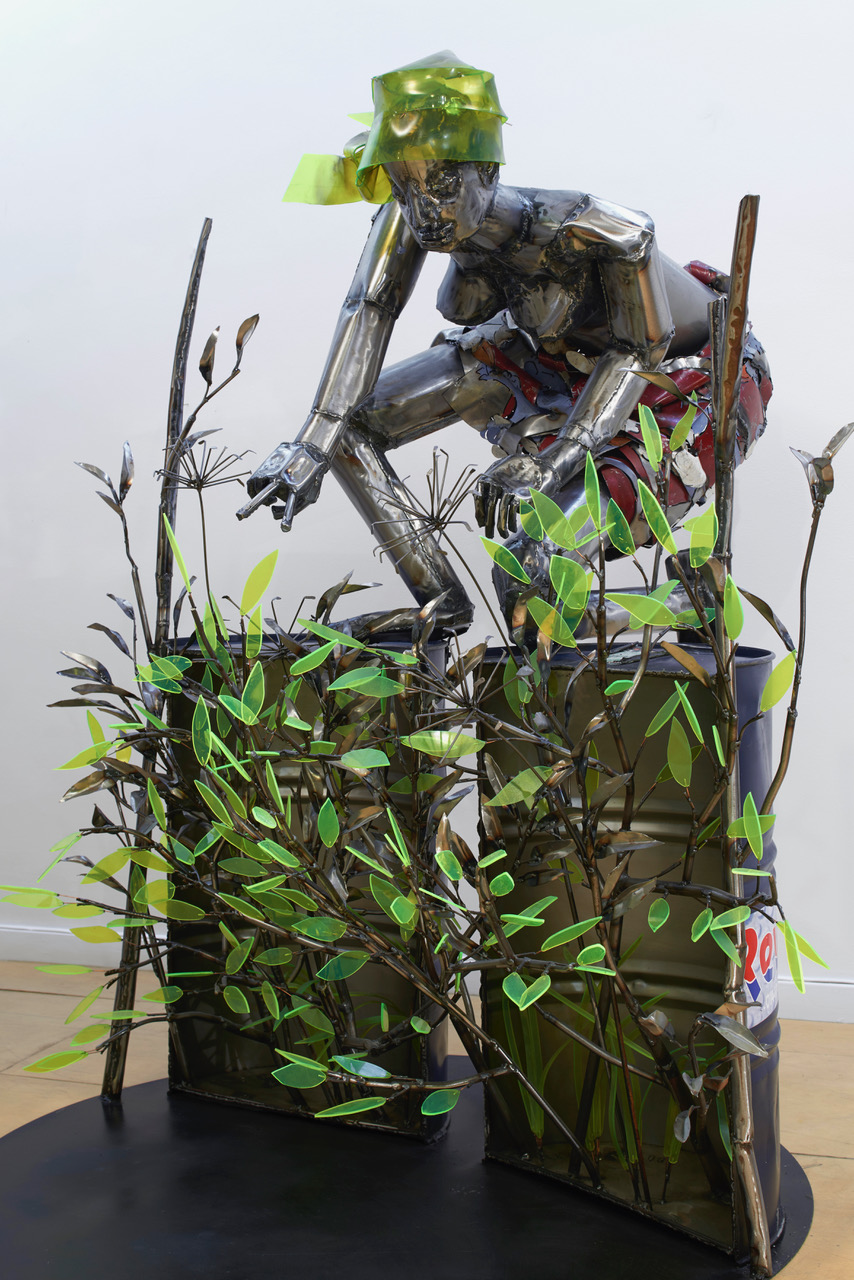
You raise environmental themes in your work, such as oil dependency. How do you go about combining physical craft and a political statement?
Well that’s the difficulty! As beings we are polluting. Steel is a very polluting material. In the Niger Delta, in my lifetime, a beautiful place has been destroyed in front of our eyes. We watch the destruction happen in real time, such as the flaring. Flaring is where instead of syphoning of the gas from an oil well, they just burn it. So you have big flares, so big that you can’t see where the sun sets. There was also a lot of soot in the air on the island I’m from - more soot than a New York or London subway. The island has only recently had cars drive onto the island, otherwise transport was largely by boat. I couldn’t walk away from our environmental concerns.
The pieces that I’ve made about the situation in the Niger Delta have tried to highlight action and positivity, but are also made from steel and part of the destruction and deterioration of our environment. For example, I made Green Leaf Oil Barrel. It features a figure squatting above what looks like a round black dot. It looks as if the figure is trying to entice greenery to come out of an oil barrel. It’s almost an allegorical figure, as if some spirit is trying to conjure green growth. The leaves are made from perspex, which is a petroleum derivative. As this sculpture illustrates, I try to tell stories about what we’re witnessing.
Tell us about an artwork that deals with political issues.
I have a sculpture called All the World is Now Richer which has been touring for around a decade. We’re now hoping that it will be permanently situated in Burgess Park in London, and turned into bronze.
It features six figures that illustrate the saga of slavery. The history that people refuse to recognise is that Black people went through slavery, but have survived. The use of slavery was used to create wealth and the lives that we have now. When Black slaves are looked at as if they were some incredibly low species, that effectively categorises all black people. I was inspired by the words of a freed slave, William Prescott, who said, “They will remember that we were slaves but not that we were brave.”
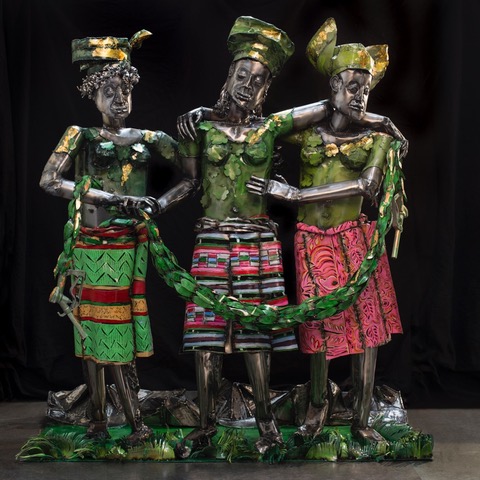
How have audiences responded to and engaged with your sculptures?
I always feel incredibly lucky when my work is shown to large audiences. People engage with it and understand it. For example, I have a piece which was at the Victoria & Albert Museum during the African Fashion exhibition 2022-23. It was called, Europe Being Supported by Africa and America, a title taken from William Blake’s drawing supporting Abolition.
The sculpture featured three women wearing head ties and different African fabrics comprising their garments. The three women held a wreath in their hand which ended at either side in petrol nozzles. Each of the figures represented a continent (Africa, North America and Europe). The central figure represents Europe and she is being held up by the two continents on either side. The figures held onto each other, mimicking the pose of the Three Graces, but because of the style of the garments and fabrics you could tell they were African women.
It was amazing watching real living African women wanting to take photos by this sculpture, because they could see themselves in the figures. Interestingly, before being shown at the V&A, it was shown in an art fair at Olympia where very few people understood it. Our fight today is with ‘Oil’ in William Blake’s time it was the abolition of slavery
What advice would you give to someone who wants to use sculpture to make an activist statement?
Be intuitive. Doing things in marble or bronze or traditional materials aren’t necessarily the only way for you to convey your message.
Sculpture is a way to stop people in their tracks, because you have to walk around sculpture. I love the presence of sculpture - it resonates far louder for me than something on a wall.

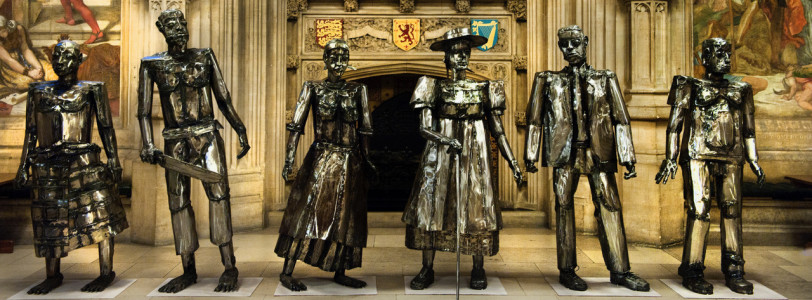
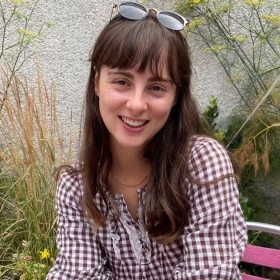
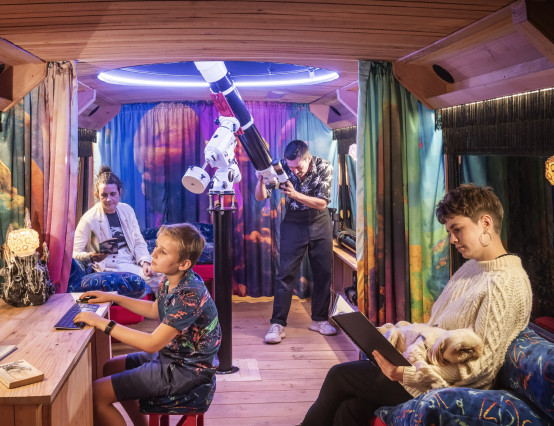
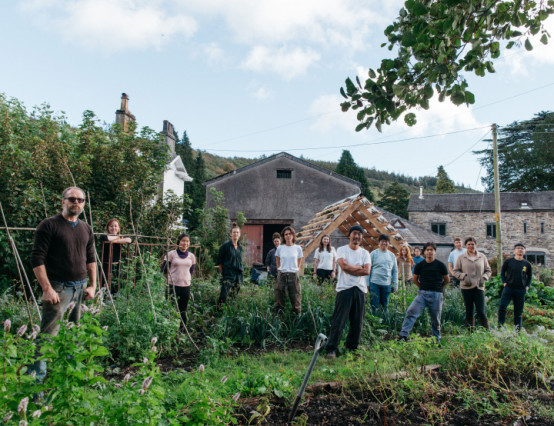
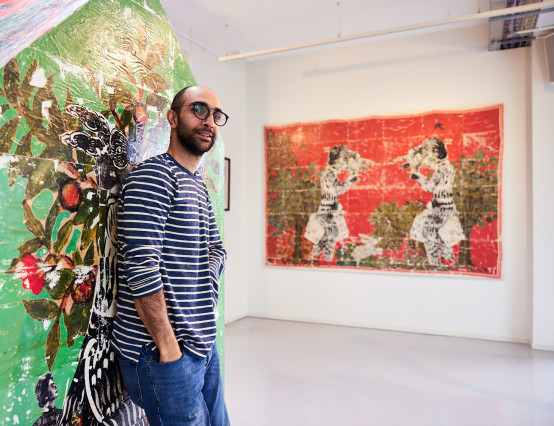


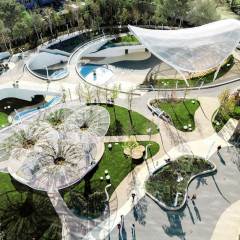
0 Comments